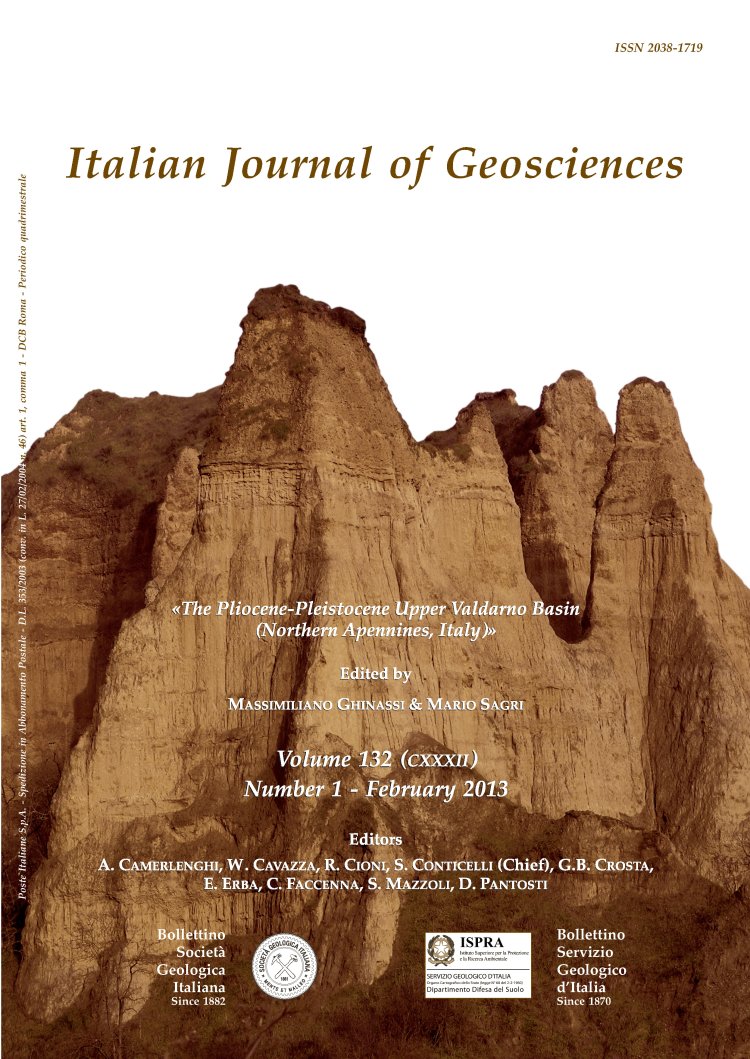
Climate and vegetation in the Upper Valdarno Basin (central Italy) as a response to Northern Hemisphere insolation forcing and regional tectonics in the late Pliocene-early Pleistocene
Adele Bertini(*)
(*) Dipartimento di Scienze della Terra - Università degli Studi di Firenze, Via G. La Pira, 4 - 50121 Firenze - I; adele.bertini@unifi.it
Volume: 132 (2013) f.1
Pages: 137-148
Abstract
The pollen record from the Upper Valdarno contributes to the documentation of the main palaeonvironmental changes in one of the best known basins of the Northern Apennines where lacustrine and fluvial sediments deposited since 3.3 Ma. During the Piacenzian the lacustrine system (CSBb of the Castelnuovo dei Sabbioni Synthem) was characterized by the expansion of swamp formations where humid, subtropical to warm temperate forest taxa largely spread. Such assemblages suffer a major decrease under the effect of a gradual cooling since about 2.8 Ma, as testified by the spread of altitudinal coniferous taxa. However, repeated resurgences of subtropical forest taxa have been recorded in the overlain fluvio-deltaic sandy deposits (CSBc), from 2.7 Ma onwards. The first notable expansion of a dry-climate vegetation type consisting of mostly treeless open herbaceous vegetation has been observed in the lower portion of VRC fluvio-lacustrine deposits (Montevarchi Synthem); in fact, the major pulse of Artemisia in the aeolian sands of Rena Bianca is associated to the first glacial cycles that occurred after 2.6 Ma and the tectonic phase that involves the CSB lacustrine deposits.
Both climate and tectonics strongly interplay driving the changes in the structure and floral composition of wetlands associated to successive depositional environments. Since 2.6 Ma swamps notably change in structure, with a large reduction of subtropical taxa especially Ta xodium/Glyptostrobus type and the progressive expansion of warm temperate forest taxa. At the same time, marshes expanded with plants able to resist in dynamic environments affected by river action. The palynological documentation of the glacial/interglacial cycles (G/I) younger than 1.7 Ma becomes ever more discontinuous when the effects of tectonics and climate (including the associated interactions) promote successive erosional processes during the emplacement of the lower portion of UFFa (ciottolami di Laterina, Auctt.; Torrente Ciuffenna Synthem). The age of the latter still controversial could fall within an interval of time including the Mid-Pleistocene transition.
Keywords
Get Full Text